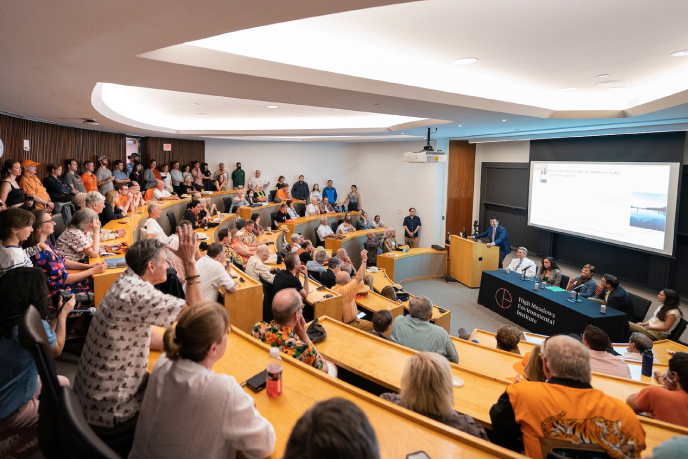Aishwarya Sridhar ’09
Electrical Engineering
MIRTHE in Beijing - Quantum Cascade Lasers for Urban Air Quality Monitoring
The summer of 2008 promised to be a momentous period in history. In particular, the world watched with bated breath as China, the emerging power drew up elaborate plans for the Olympics in August. The sports extravaganza drew athletes, sports fans, tourists, businessmen – and scientists! When Beijing was named the host city, the idea of organizing a clean and green Olympics was a central theme. However several months preceding the Games, environmental concerns, specifically, air quality and pollution, came to the fore. The authorities adopted radical measures including shutting down or relocating polluting industrial units and taking several vehicles off the roads. For scientists this presented a unique and large-scale experimental platform to understand Beijing climatology.
At the Mid-Infra Red Technologies for the Health and Environment (MIRTHE), an NSF Center at Princeton, researchers from Civil and Environmental Engineering and Electrical Engineering pooled together their expertise to study the regional environment. We partnered with the Institute of Atmospheric Physics, Chinese Academy of Sciences to carry out our studies. One aspect of the project included employing WRF-Chem, the Weather Research and Forecasting Model, to simulate weather patterns, while incorporating pollution data. I worked with the group on another component of the project that involved developing and deploying novel mid-infra-red spectroscopic equipment. The mid infra-red region of the spectrum is special because it contains strong absorption lines of several gaseous pollutants. The Quantum Cascade Laser Open Path System (QCLOPS) is an open path sensing system that analyzes the retro-reflected laser light to monitor ozone, ammonia, and carbon dioxide. The Nitric Oxide point sensor system is based on the principles of Faraday rotation spectroscopy resulting in sub-parts-per billion sensitivity. It was exciting learning about the instruments, while exploring techniques for studying and analyzing the data. Further, it was an enriching experience working in China, especially during the Olympics and provided a great insight into the culture, ethos, and systems of the nation.
2008
Climate and Energy
MIRTHE (Mid-Infrared Technologies for Health and the Environment) Center at Princeton University; and Institute for Atmospheric Physics at the Chinese Academy of Sciences in Beijing, China
Claire Gmachl, Gerard Wysocki, and James A. Smith



